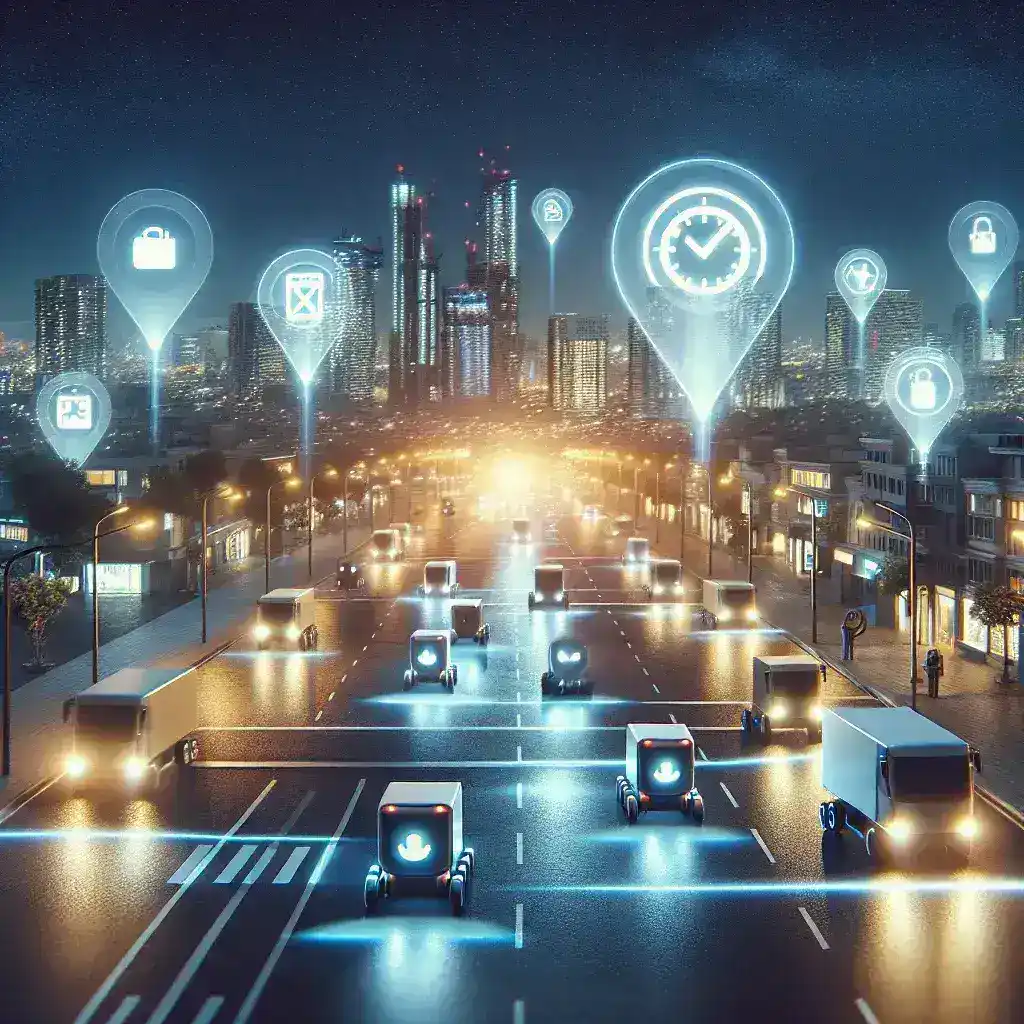Introduction
The rapid rise of delivery robots has transformed urban logistics, revolutionizing the way goods are delivered to consumers. However, as these autonomous machines proliferate, local governments are grappling with the need to regulate their use. Recently, several city councils have voted on implementing geofenced curfews for delivery robots, raising important questions about public safety, urban infrastructure, and the future of autonomous technology.
The Rise of Delivery Robots
Delivery robots have become increasingly common in cities around the world. Small, wheeled machines navigate sidewalks and pedestrian areas to deliver food, groceries, and other goods directly to consumers’ doors. With the ongoing growth of e-commerce, the demand for efficient last-mile delivery solutions has created a fertile ground for these innovative technologies.
Historical Context
The concept of using robots for delivery isn’t entirely new. Early prototypes and concepts were introduced in the 2010s, but it wasn’t until the COVID-19 pandemic that their usage surged. As contactless delivery became a priority, the efficiency and convenience of delivery robots caught the attention of consumers and businesses alike.
Current Landscape
- Types of Delivery Robots: These include small, ground-based robots designed for urban environments, drones for aerial deliveries, and larger autonomous vehicles for bulk deliveries.
- Companies Leading the Charge: Companies like Starship Technologies, Nuro, and Amazon are at the forefront of this industry, deploying fleets of robots in various cities.
- Public Perception: While many consumers appreciate the convenience provided by delivery robots, concerns about safety and potential disruptions have also emerged.
Geofenced Curfews Explained
Geofencing is a technology that uses GPS or RFID to create virtual boundaries. In the case of delivery robots, geofenced curfews restrict their operation to specific areas or times, often in response to public safety concerns or urban traffic patterns.
Reasons for Geofenced Curfews
City councils have several motivations for implementing geofenced curfews:
- Public Safety: By limiting the hours of operation, cities aim to reduce potential accidents involving pedestrians, cyclists, and vehicles.
- Noise Control: Delivery robots can generate noise, and curfews can help minimize disturbances during late-night hours.
- Traffic Management: Limiting the times when delivery robots can operate can help ease congestion during peak hours.
Benefits of Geofenced Curfews
Implementing geofenced curfews for delivery robots can yield several advantages:
- Enhanced Safety: Fewer robots on the streets during high-traffic periods can lead to fewer accidents.
- Community Acceptance: Residents may be more tolerant of delivery robots if they operate under regulated conditions.
- Data Collection and Analysis: Curfews can help cities gather data on the performance and impact of delivery robots, facilitating better long-term planning.
Challenges and Criticisms
Despite their benefits, geofenced curfews for delivery robots also face criticism:
- Operational Limitations: Curfews can restrict the ability of delivery companies to fulfill orders efficiently, potentially impacting customer satisfaction.
- Regulatory Complexity: Establishing and enforcing curfews can be complicated, requiring collaboration between various city departments.
- Economic Impact: Delivery companies argue that curfews could harm their business models, leading to job losses and reduced service availability.
Looking Ahead: The Future of Delivery Robots
As technology continues to evolve, the role of delivery robots in urban environments will likely expand. Here are some future predictions:
- Increased Integration: Delivery robots will become more integrated into urban planning, with designated lanes and parking areas.
- Advanced Safety Features: Future robots may incorporate better sensors and AI to navigate complex urban environments safely.
- Community Engagement: Cities will increasingly involve residents in discussions about the deployment of delivery robots, addressing concerns and seeking feedback.
Expert Opinions
Experts in urban planning and technology have shared their insights on the topic:
“As cities evolve, the integration of delivery robots must consider both innovation and the needs of residents. Geofenced curfews can be a way to strike that balance.” – Dr. Emily Tran, Urban Technology Specialist.
Conclusion
The decision by city councils to implement geofenced curfews for delivery robots reflects a growing recognition of the complexities surrounding autonomous technology in urban areas. While the benefits of enhanced safety and community acceptance are significant, it is crucial to carefully consider the potential challenges and criticisms. As technology advances, so too must our approach to regulating it, ensuring that delivery robots can coexist harmoniously with urban life. The future holds promise for delivery robots, provided that policymakers, businesses, and communities work together to create effective frameworks for their operation.

Leave a Reply